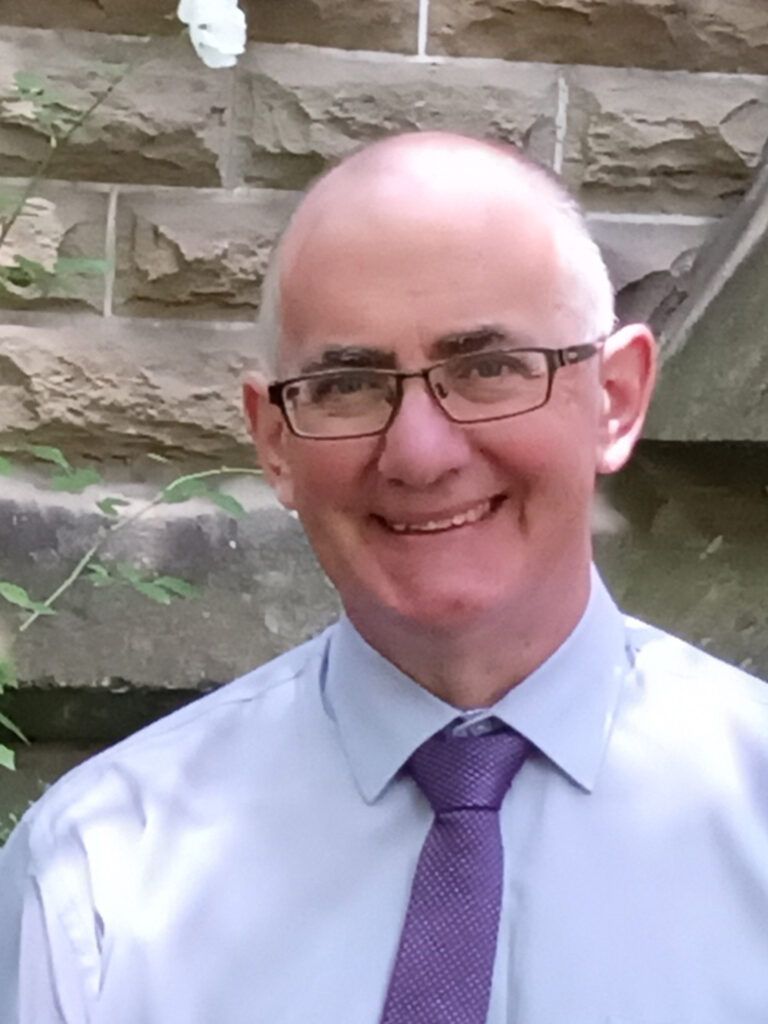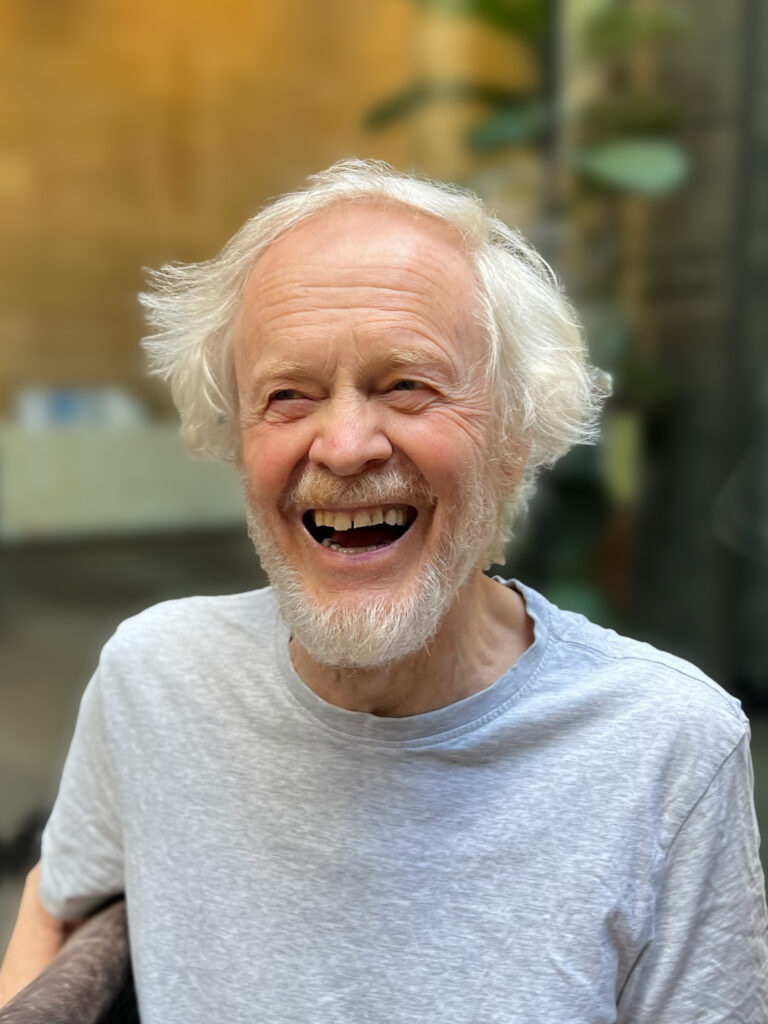Let’s start at the beginning – at least from the city of Melbourne’s perspective. In May 1835, John Batman sailed from Tasmania to explore the Yarra River. He settled the area, which soon started to grow. Within a year, Alexander Thomson – a Doctor – was leading Presbyterian services on the banks of the Yarra River. By December 1837 James Clow, recently retired as a Chaplain with the East India Company, was conducting regular services in a small timber building.
In other words, we were the first church in town!
Since then The Scots’ Church has been serving the people of this city in the name of Jesus. James Forbes soon arrived as a minister from Scotland, working from the building at the west end of Collins Street. When they were granted land on the present site, the congregation built a school, which doubled as a church on Sundays. A stone church was built by January 1841, and seated 500 people.
Remarkably, though, with the growing population and enthusiastic attendance, within 30 years the new church was too small… plus, for some reason the spire was said to be leaning at an alarming angle. By January 1869 the gold-rich congregation had agreed to build a new church designed by the prominent architects Reed & Barnes – the Scots’ Church you see today. Builder David Mitchell – father of famous Australian soprano Dame Nellie Melba – took only 20 months to complete the project.
Bluestone foundations supported Barrabool Hills Freestone from Geelong as the superstructure, with cream-coloured Kakanul Stone from New Zealand used for the dressings. The 64 metre spire was for many years the highest point in the city – and this time it was straight and true! But during a severe storm in 1963, lightning hit the top of the spire which was subsequently lowered by 12 metres; it was fully restored in 1989. Since then, of course, the church has been dwarfed by the city skyline, and by the adjacent Westpac Building, which occupies Scots’ Church land on a long-term lease. Income from this arrangement almost covers the upkeep of our historic building, though there are some upcoming challenges in replacing the original slate roofing.
Inside, the church has maintained its heritage beauty, though through the years there have been some changes. The Apse (at the front) was originally dominated by a stone pulpit. In 1928 and then, in progressive stages, the original Tasmanian Blackwood panelling was extended around the nave. In the late 1930s the current vestries were added in a style that perfectly matched the rest of the building.
The centenary of the present building was celebrated on 24th November, 1974, and at a service that afternoon Dame Pattie Menzies unveiled a plaque at the west end of the church displaying The Scots’ Church Coat of Arms. With 2024 fast approaching, we’ll soon be celebrating 150 years!
In all of this, we’re very aware that a church is more than just a building – it’s a gathering of God’s people, committed and loyal to a Lord, Jesus. We’ve been the spiritual home for many thousands of Christians since our foundation in 1838. You’re always welcome to join us at any of our services – it’s an unusual week when we don’t have visitors at The Scots’ Church from around the world!





